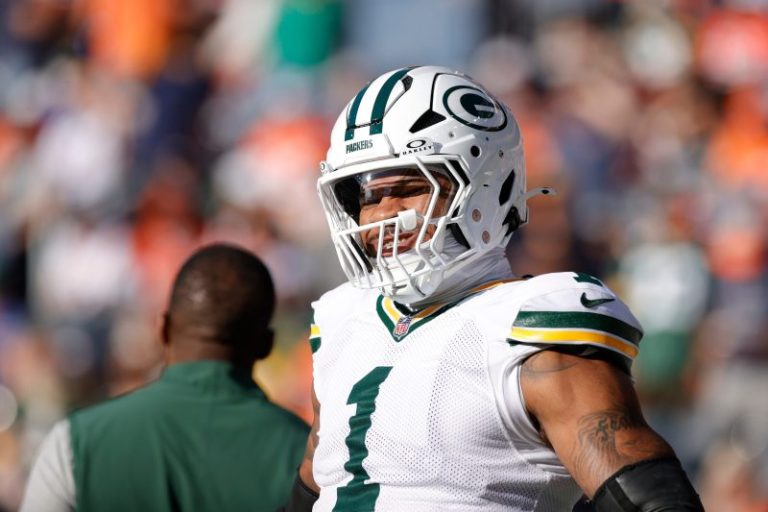Green Bay Packers defensive end Micah Parsons appeared to suffer a serious knee injury Sunday afternoon during his team’s game against the Broncos in Denver.
Shortly before the third quarter expired, with the Pack leading 23-21, Parsons was in pursuit of Broncos quarterback Bo Nix on a pass play. But as he changed direction to give further chase, Parsons’ left knee appeared to buckle before he collapsed to the ground and grabbed at the joint.
Parsons was able to leave the field under his own power but immediately headed into the locker room. He did not return to the game.
“It doesn’t look good, I’ll leave it at that,’ Green Bay coach Matt LaFleur said afterward as speculation about a torn ACL grew.
A four-time Pro Bowler acquired from the Dallas Cowboys rights before the season − for two first-round draft picks and defensive lineman Kenny Clark − Parsons has lived up to his billing with 12½ sacks so far in 2025 for the Packers.
But Green Bay succumbed to the Broncos following Parsons’ unfortunate exit and fell into the NFC’s seventh projected playoff spot.

